The Government Office has just issued a document conveying the opinion of Deputy Prime Minister Tran Hong Ha on submitting the dossiers of Mo Muong and Cheo Art to UNESCO.
Accordingly, considering the proposal of the Ministry of Culture, Sports and Tourism , the appraisal opinion of the National Cultural Heritage Council on the request for permission to sign and send the national dossiers of Mo Muong and Cheo Art to submit and consider for inclusion in the UNESCO Intangible Cultural Heritage Lists, Deputy Prime Minister Tran Hong Ha has the following opinion:
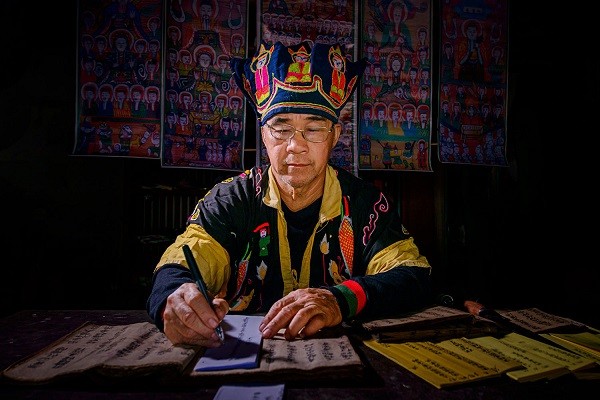 |
| Shaman. (Photo: Bui Trung Kien) |
Agree to submit to UNESCO for consideration and inclusion of Mo Muong intangible cultural heritage (Hoa Binh, Thanh Hoa, Ninh Binh, Phu Tho, Son La, Hanoi and Dak Lak) in the List of Intangible Cultural Heritage in Need of Urgent Safeguarding and Cheo Art intangible cultural heritage ( Thai Binh , Ninh Binh, Ha Nam, Nam Dinh, Hai Duong, Hung Yen, Bac Ninh, Vinh Phuc, Phu Tho, Quang Ninh, Bac Giang, Thai Nguyen, Hanoi and Hai Phong) in the List of Representative Intangible Cultural Heritage of Humanity; authorize the Minister of Culture, Sports and Tourism to sign the dossiers according to regulations.
The Vietnam National Commission for UNESCO shall preside over and coordinate with the Ministry of Culture, Sports and Tourism to carry out necessary procedures to send heritage dossiers to UNESCO, ensuring the time limit prescribed by the 2003 Convention for the Safeguarding of Intangible Cultural Heritage and the law on cultural heritage.
Mo Muong is a folk performance activity expressed in rituals associated with the spiritual life of the Muong people.
The subjects practicing Mo Muong are the shamans, these are the people who keep the mo knowledge, know thousands of mo verses by heart and are proficient in rituals and customs, are prestigious people trusted by the community. When practicing the ritual, the shaman is the person who speaks, reads, and sings the mo verses during the ceremony.
The Muong people do not have their own written language, so the Muong's mo (prayer) songs are passed down from generation to generation by word of mouth, and are preserved and maintained through Muong folk rituals.
Muong Mo includes many mo songs and mo passages used in specific rituals. Muong Mo has 9 genres: Mo in funerals (Mo ma), Mo via (Mo Voai), Mo giai han, Mo xin so, Mo ngay Tet, Mo Tho cong tho dia, Mo doi chopsticks, Mo Mat nha, Mo Mu.
Meanwhile, Cheo is a type of Vietnamese folk theater art, strongly developed and popular in the Red River Delta and two spreading areas: the Northern midland and mountainous region and the North Central region.
Cheo is popular and often associated with folk festivals to thank the gods for a bountiful harvest, to provide a warm and comfortable life for villagers, and to allow farmers who work hard every day to communicate and express their feelings.
(according to Vietnamnet)
Source



![[Photo] Prime Minister Pham Minh Chinh chairs the meeting of the Government Party Committee Standing Committee](https://vstatic.vietnam.vn/vietnam/resource/IMAGE/2025/8/23/8e94aa3d26424d1ab1528c3e4bbacc45)
![[Photo] General Secretary To Lam attends the 80th Anniversary of the Cultural Sector's Traditional Day](https://vstatic.vietnam.vn/vietnam/resource/IMAGE/2025/8/23/7a88e6b58502490aa153adf8f0eec2b2)




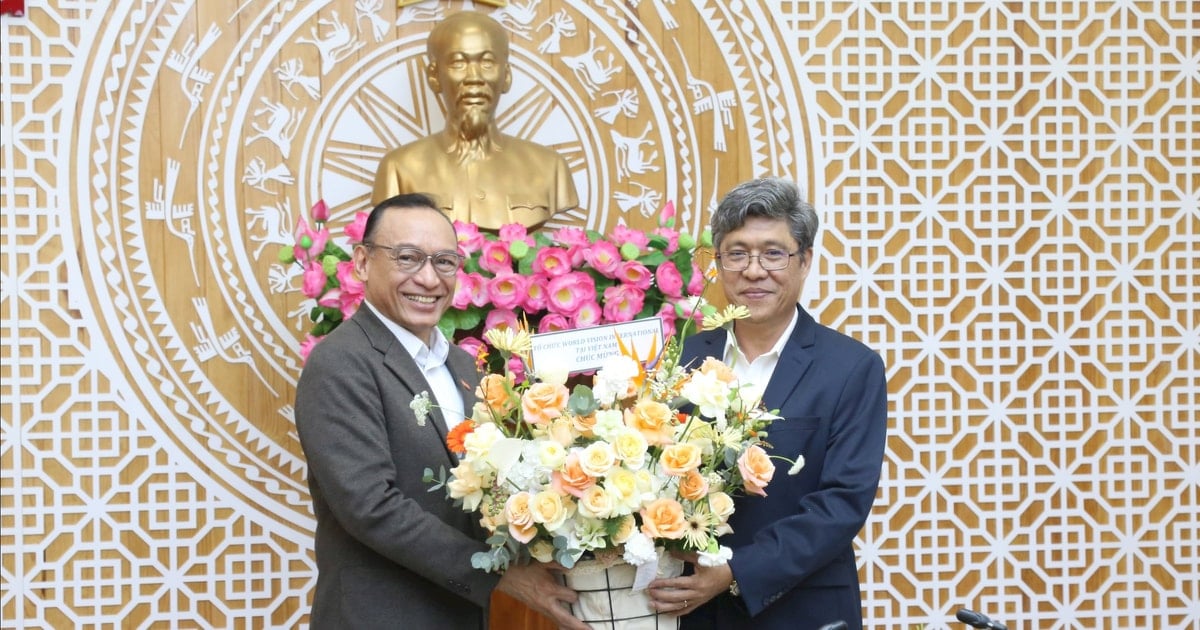



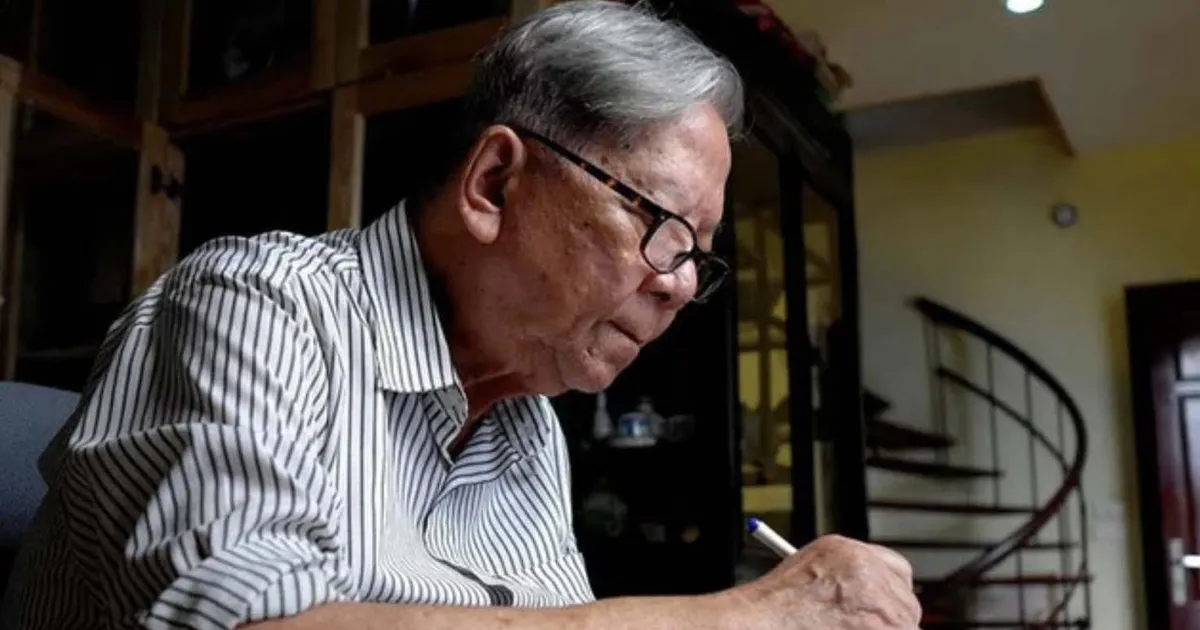

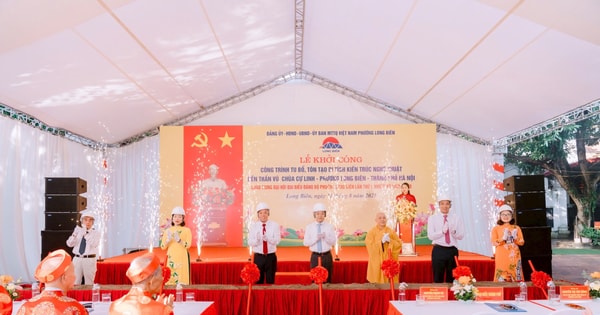

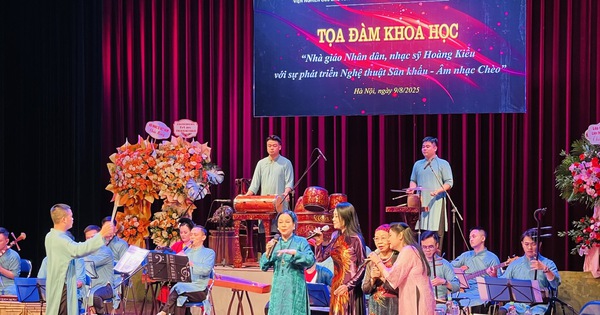





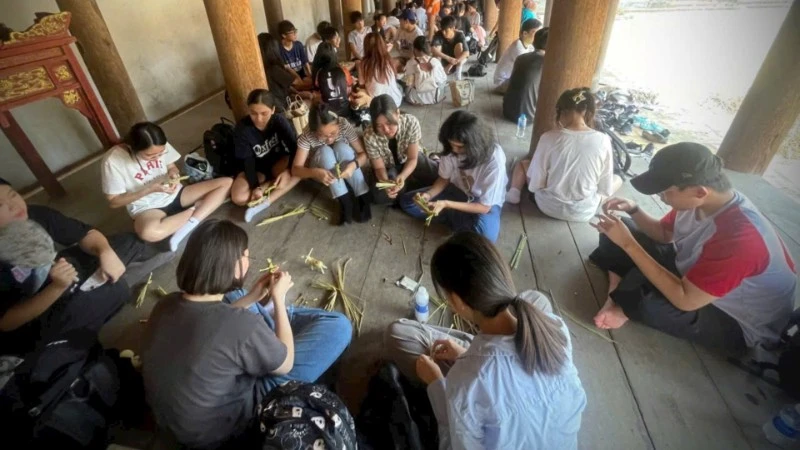

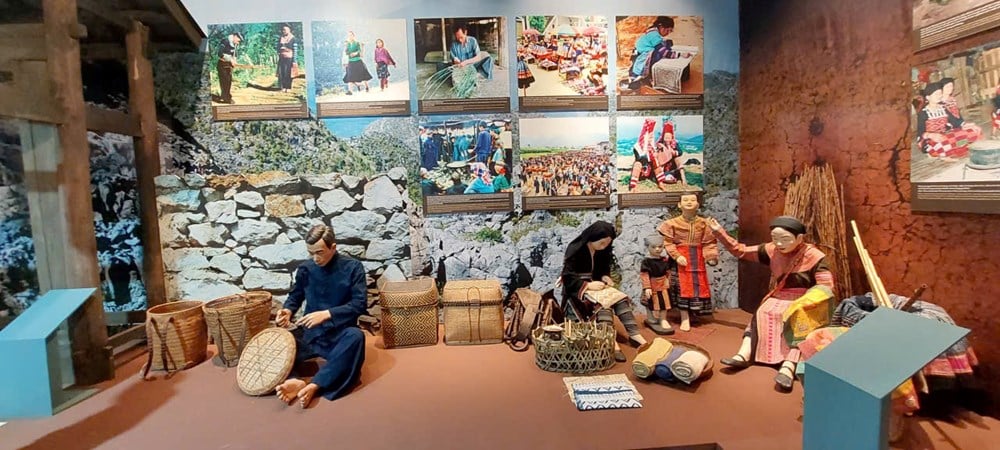


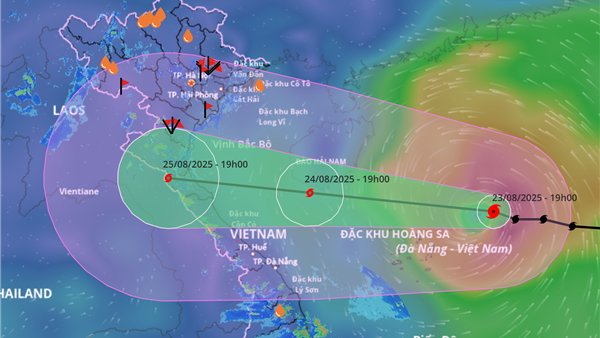




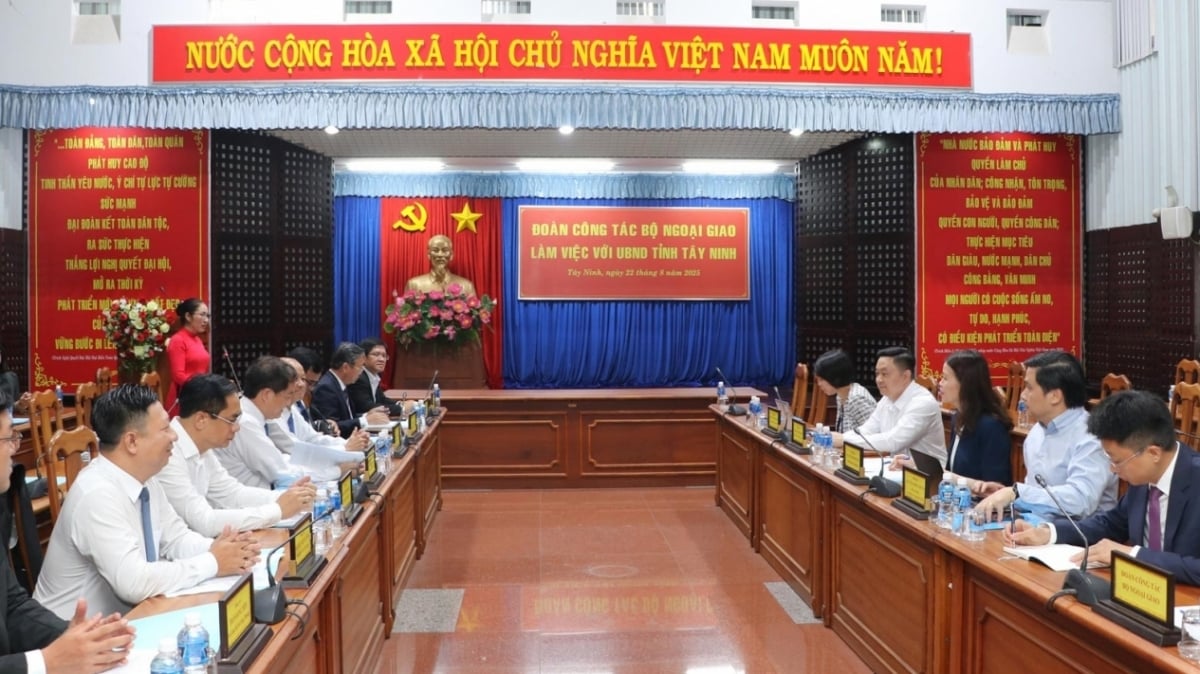


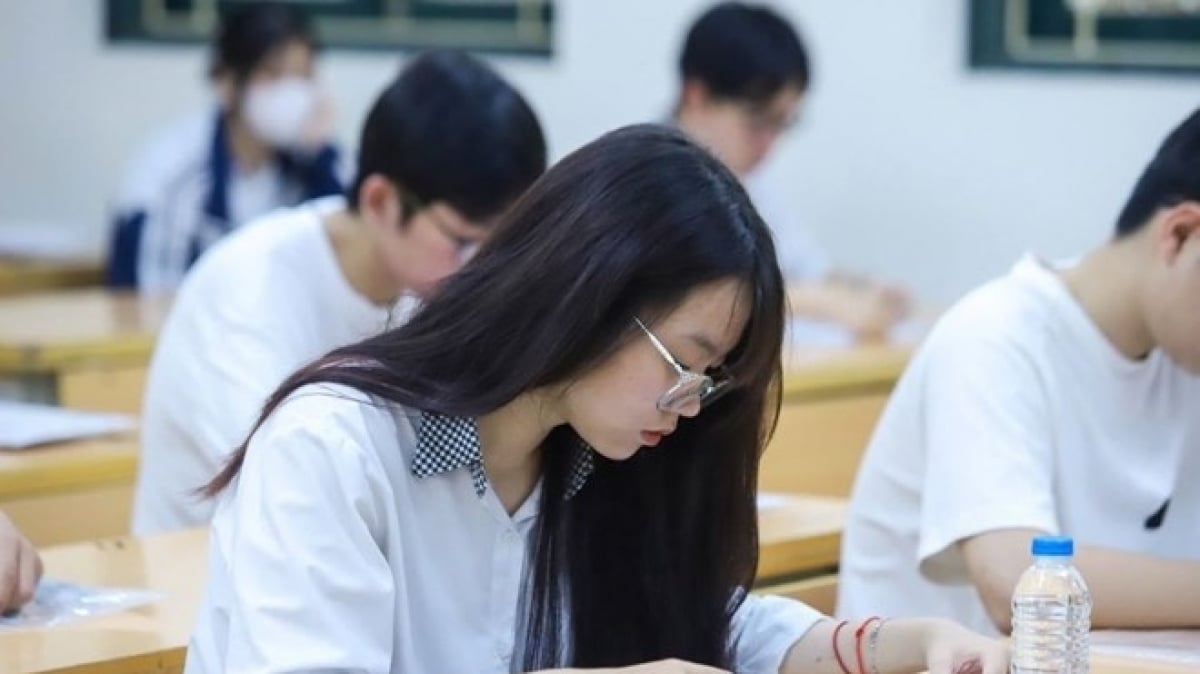
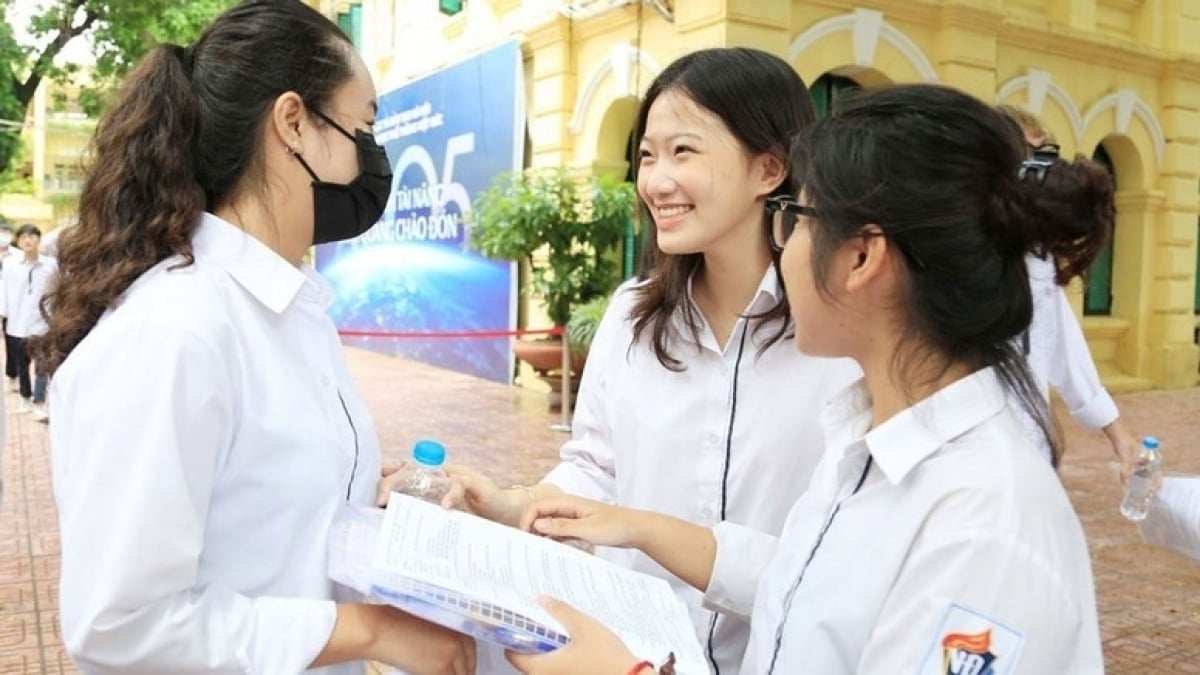
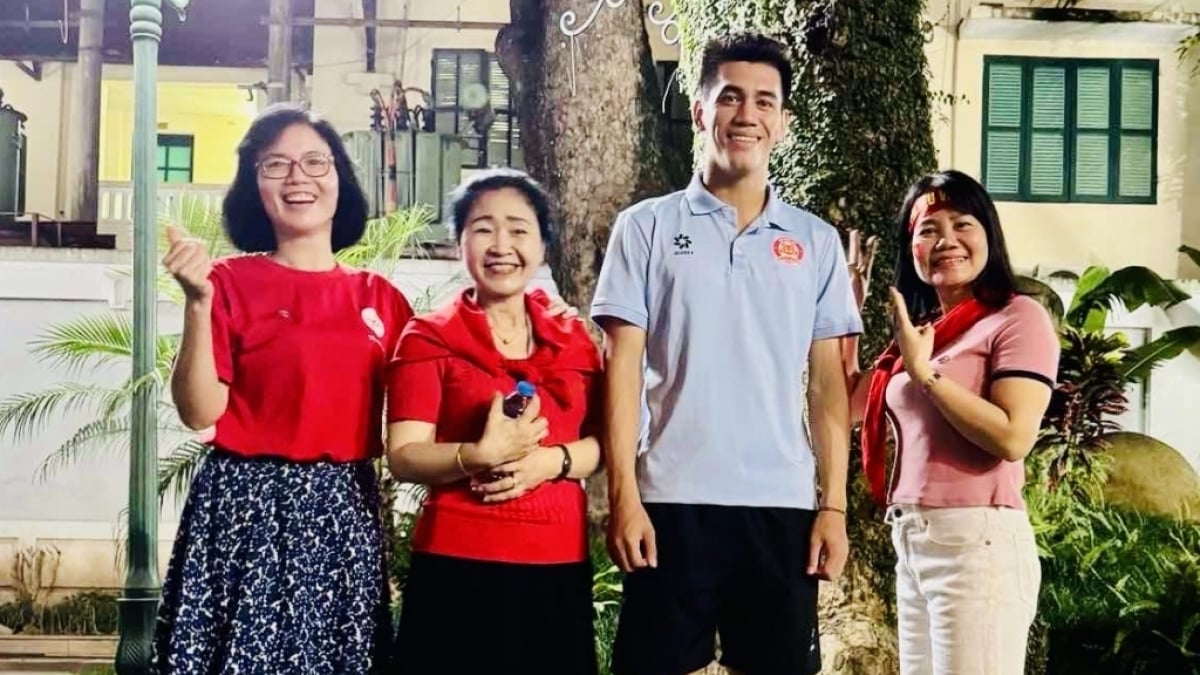











































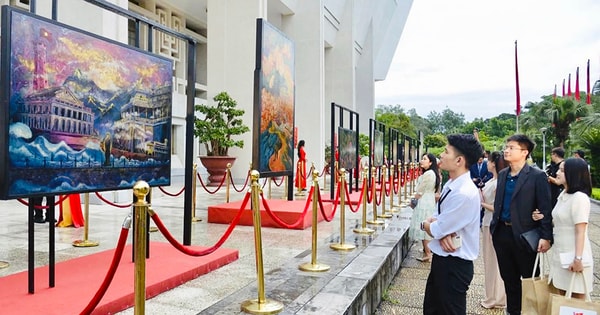

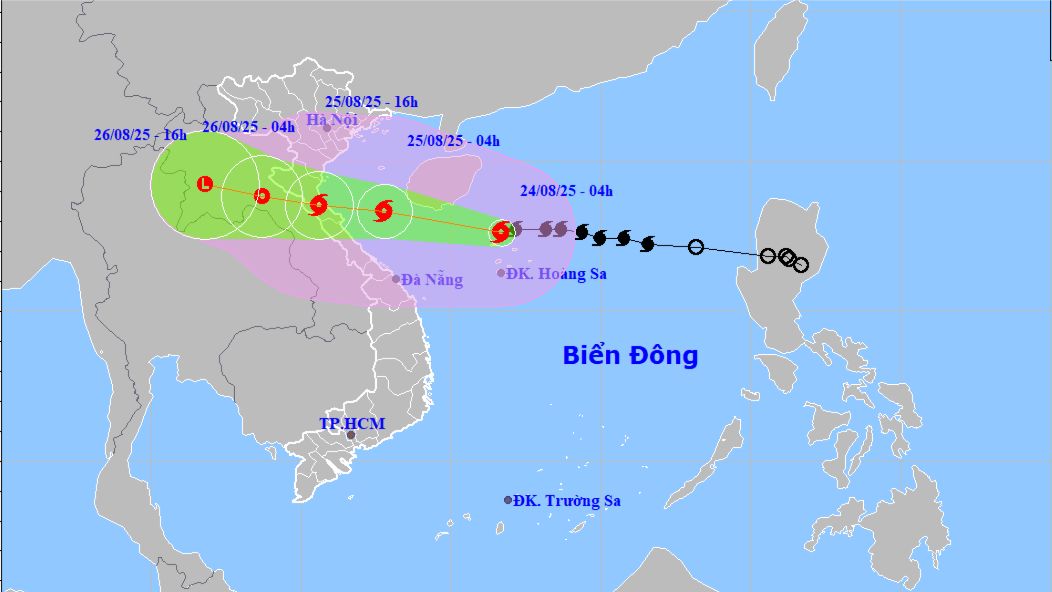
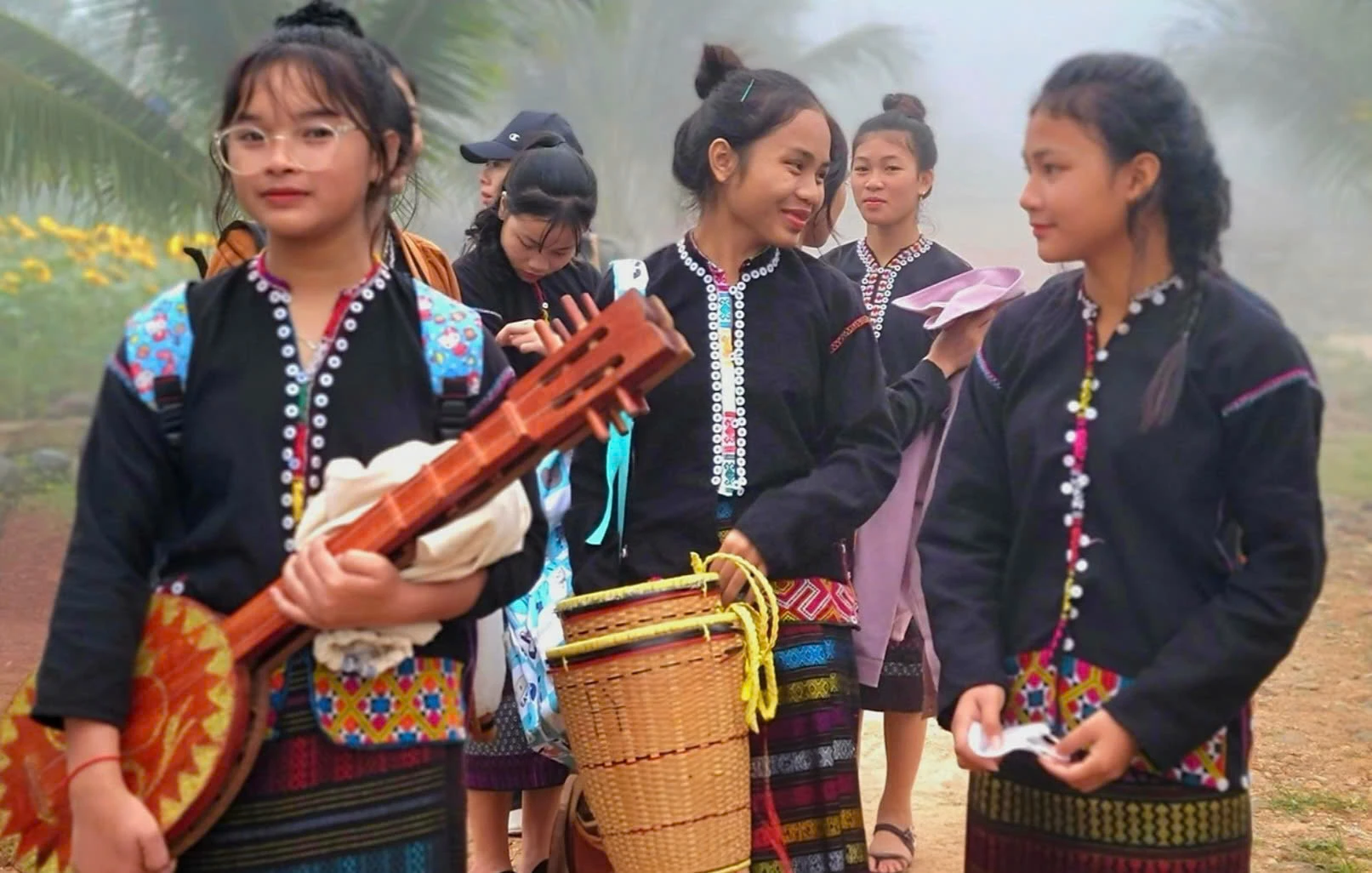

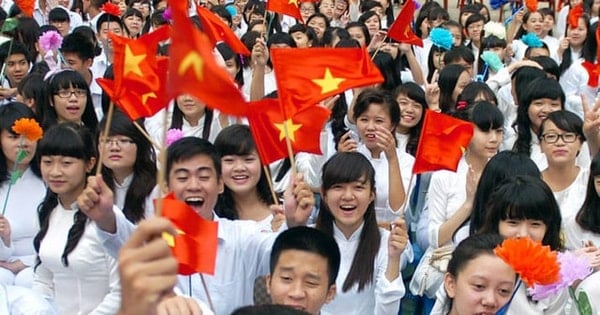















Comment (0)